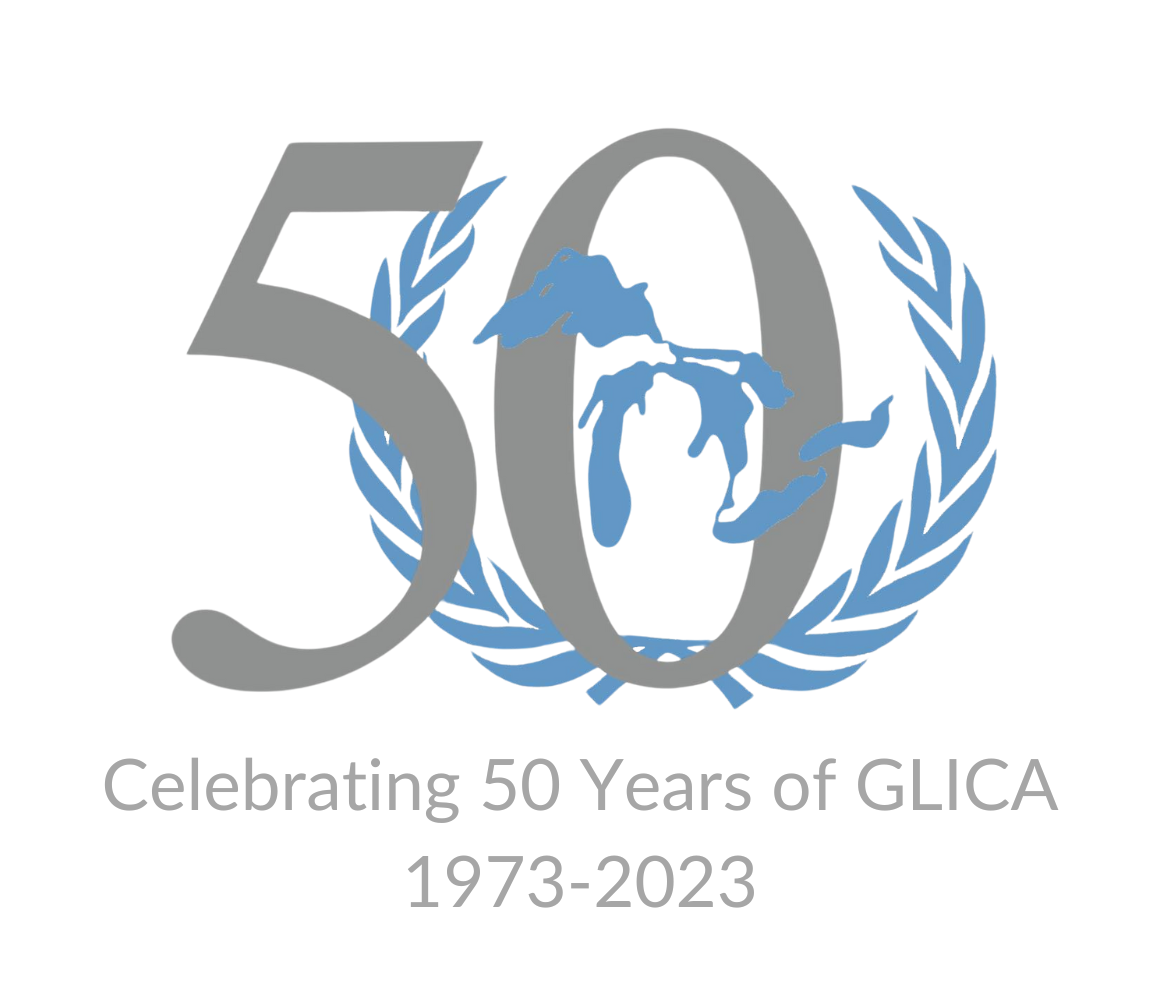In September of 2000, the UN officially adopted the “Millennium Development Goals”, a set of eight somewhat aspirational objectives to be achieved by 2015. One of the eight goals was the eradication of poverty, a process which is unfortunately ongoing. The traditional view of poverty conceives of a specific and conspicuous lack of some vital resource – typically, though not exclusively, money. Impoverished people cannot pay their bills; impoverished nations cannot provide for their citizens. However, the definition of “poverty” adopted by the United Nations is “lack of basic capacity to participate effectively in society”. Far from calling for a campaign to alleviate a discrete and quantifiable “want”, the breadth of this definition suggests that a similarly broad approach is needed to address poverty. Eradication of poverty does not mean providing people with necessities, but ensuring their capacity to live.
Many of the key components of poverty are structural. That is, deficits in education, healthcare, transportation and other vital infrastructure, communication and information technology, and economic resources such as banking and credit are all major impediments to successfully lifting people out of poverty and allowing them to achieve self-sufficiency. Without access to these resources, people are not free to develop their economic and personal potential, and are not able to actualize that potential once attained. A more in-depth look reveals that these high-level structural issues impact different regions, communities, and individuals in different ways – for instance, there are significant differences between urban and rural, adults and children, and men and women. Moreover, poverty is not an ill that is confined to the developing world – for a variety of reasons, disadvantaged and economically marginalized populations are found in all nations. Thus, while general economic development is certainly an aspect of the solution, there simply is no single answer. Providing transportation does not help people with no marketable goods to transport; job training does not create work in regions without high levels of economic activity. Healthcare is essential in that it allows people to focus on making productive use of their time rather than battling disease, but greater numbers of hospital beds do not make up for inadequate sanitation facilities or shortages of food. Direct aid in the form of “relief missions” is at best a palliative, and can have the profoundly negative effect of creating permanent dependency.
It is a mistake to focus on individual success stories, just as it is a mistake to succumb to the belief that “a rising tide lifts all boats”. While these platitudinous narratives may be true in isolation, neither idea takes into account the full breadth of the problem nor makes use of the full spectrum of tools available for its elimination. The United Nations Development Programme must explore holistic solutions that effectively attack the root causes of poverty, instead of resorting to treating its symptoms. Member states must each examine the elements of poverty domestically and regionally, and work together to address themselves to the changes and improvements necessary to ensure all global citizens the ability to effectively participate in society.


